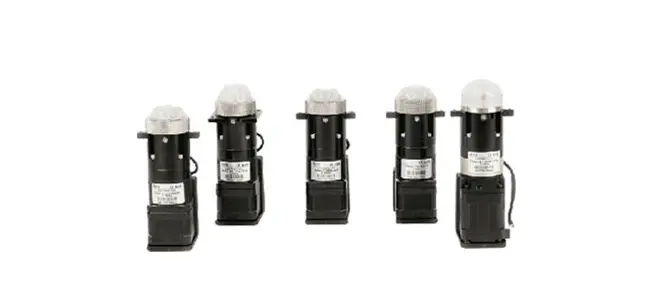+86-755-29516669
- Gallery |
- VR View |
- OEM Service |

Liquid handling is an essential aspect of many scientific and laboratory procedures. Accurate and precise measurement of liquids is vital to the success of experiments and analyses. In recent years, air displacement micropipettes have emerged as a popular tool for liquid handling due to their ability to deliver precise volumes with minimal sample loss. In this blog, we will explore the benefits and applications of air displacement micropipettes, and discuss how they can be effectively utilized in various laboratory settings.
Air displacement micropipettes work on the principle of positive displacement, where a piston assembly creates a vacuum by displacing air within the micropipette tip. This allows for the aspiration and dispensing of precise volumes of liquid. Unlike their predecessors, the piston-driven air displacement micropipettes offer improved accuracy, precision, and ease of use.
The use of air displacement micropipettes presents several advantages in the laboratory. Firstly, their superior precision and accuracy result in reduced errors and sample waste. The micropipettes can handle a wide range of volumes, from microliters to milliliters, making them versatile and adaptable to various experimental requirements.
Another advantage of air displacement micropipettes is their ergonomic design. Specially designed finger-hooks and adjustable plunger forces ensure comfortable handling, minimizing fatigue during prolonged use. Additionally, easy-to-read volume indicators and adjustable pipetting speeds contribute to enhanced user experience.
Air displacement micropipettes find applications in various fields, including molecular biology, biochemistry, pharmaceutical research, and clinical diagnostics. In molecular biology research, these micropipettes are utilized for PCR reaction setup, DNA/RNA sample preparations, and pipetting reagents for cloning experiments. In pharmaceutical research, accurate liquid handling is crucial for drug discovery and formulation processes, where air displacement micropipettes play a key role.
To ensure accurate and consistent results, it is important to follow certain guidelines while using air displacement micropipettes. Firstly, regular calibration and maintenance of the micropipettes are crucial to maintain accuracy. Calibration should be performed using certified reference materials to confirm the accuracy of the pipette's volume delivery.
Secondly, it is essential to use the appropriate tip size for the desired volume range. Incorrect tip selection can lead to variation in volume delivery and compromise accuracy. Also, ensuring proper technique during pipetting, such as vertical pipetting and consistent plunge speeds, will aid in achieving reproducible results.
Air displacement micropipettes have transformed liquid handling processes in laboratories worldwide. Their precision, accuracy, and ergonomic design make them an invaluable tool for a wide range of applications. By mastering the use of air displacement micropipettes, scientists and researchers can significantly improve the reliability and reproducibility of their experiments. So, whether you are working with small-scale molecular biology assays or large-scale drug discovery projects, incorporating air displacement micropipettes into your workflow will undoubtedly streamline your liquid handling process and enhance the overall efficiency of your laboratory.
